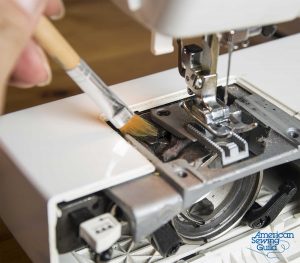Bias tape is most often used to finish the edges of garments, especially along curved edges like armholes and necklines. But it can also be used as a decorative element on garments (think pockets and hems for example) or on other projects, like handbags, quilts, table runners and Christmas stockings. You can purchase packaged bias tape, but it’s very easy to make your own with a Bias Tape Maker tool. This short video will show you how easy is it to DIY your own bias tape.
~© ASG: Thank you to Sheryl Belson, ASG Plano Chapter





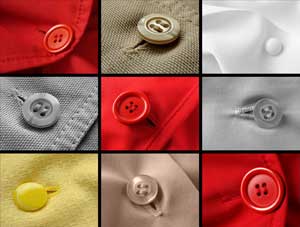 Button and buttonhole placements can sometimes be confusing. If the button and buttonhole are placed incorrectly, the garment may be too tight, too loose, or create gaping. The number of buttons on the garment is suggested on your pattern envelope, but it’s up to your personal preference or need. A good guide to start placing your buttons vertically is to keep in mind your body’s pressure points. Pressure points are where your body may put strain on the garment and may be your bust, belly, or even the hip if you are making a button front dress or skirt.
Button and buttonhole placements can sometimes be confusing. If the button and buttonhole are placed incorrectly, the garment may be too tight, too loose, or create gaping. The number of buttons on the garment is suggested on your pattern envelope, but it’s up to your personal preference or need. A good guide to start placing your buttons vertically is to keep in mind your body’s pressure points. Pressure points are where your body may put strain on the garment and may be your bust, belly, or even the hip if you are making a button front dress or skirt.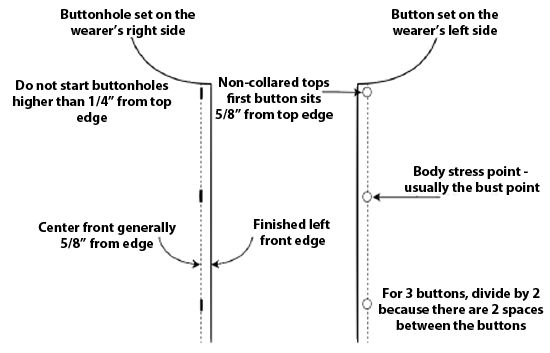
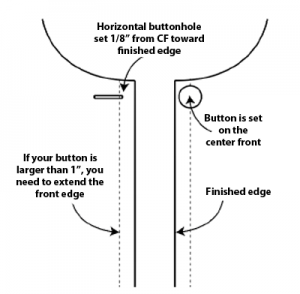
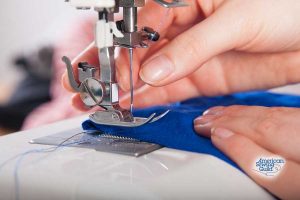 Batik: Flat fell seam or sew with a plain seam and serge together
Batik: Flat fell seam or sew with a plain seam and serge together

